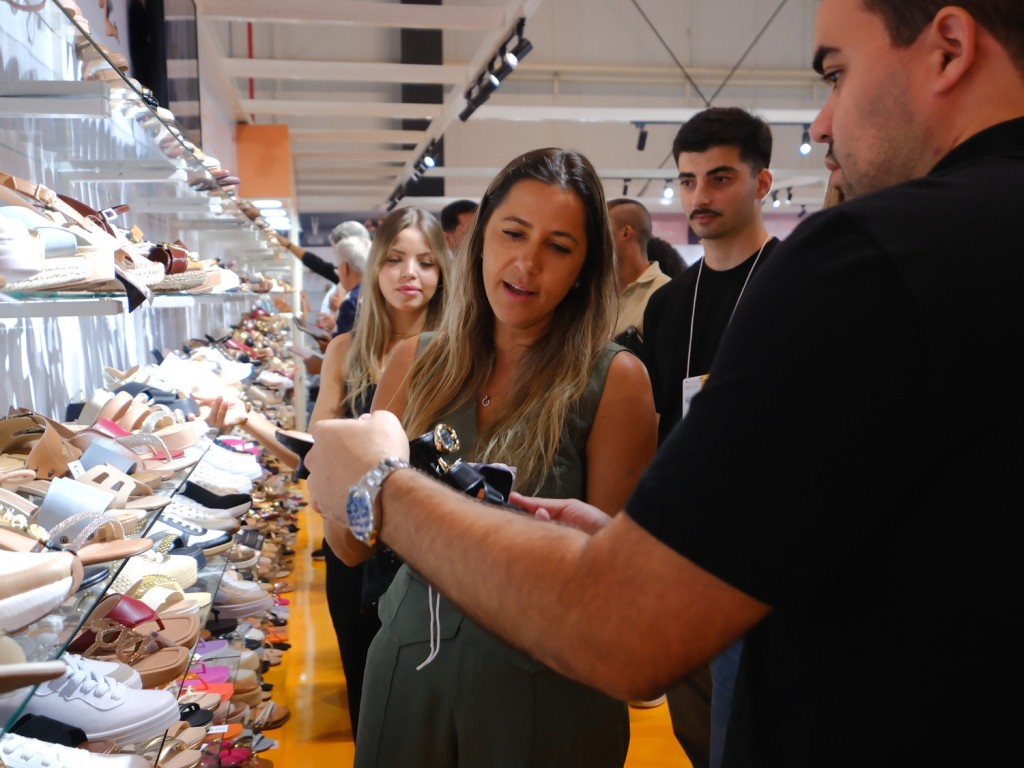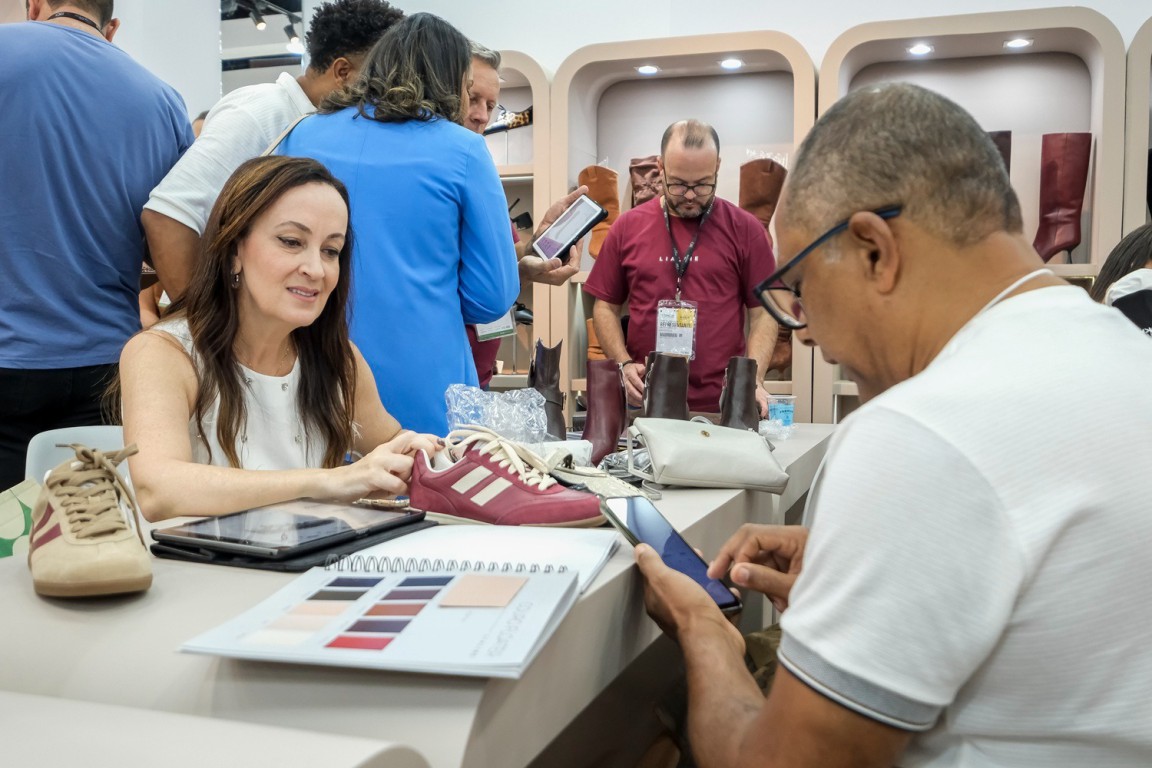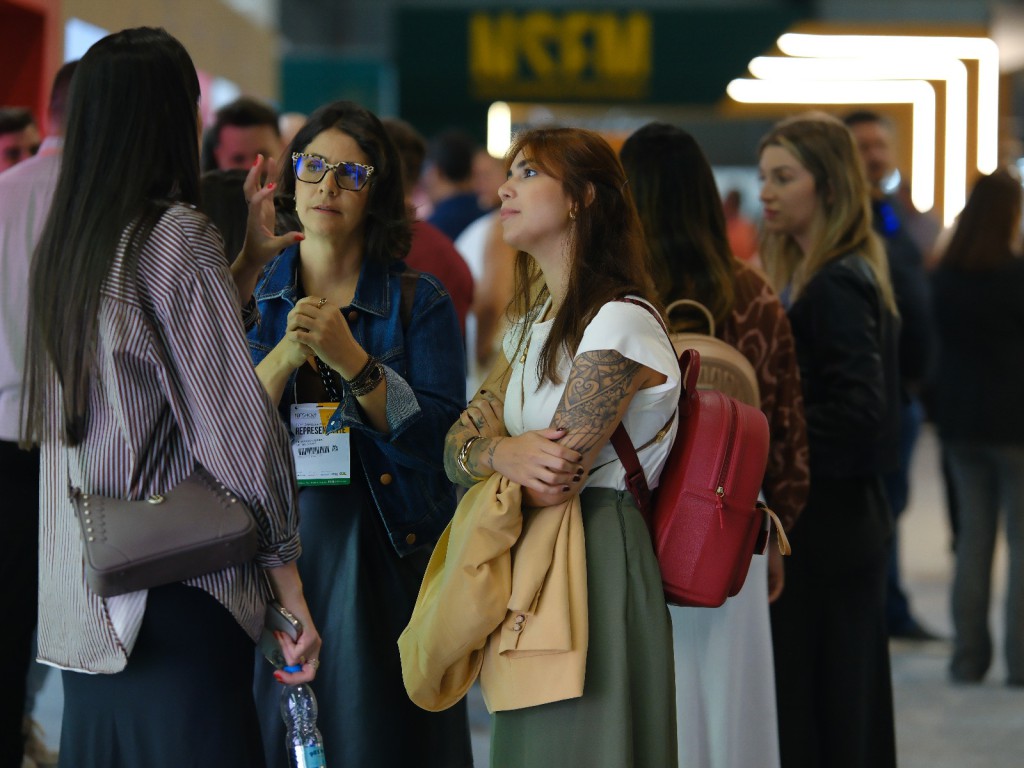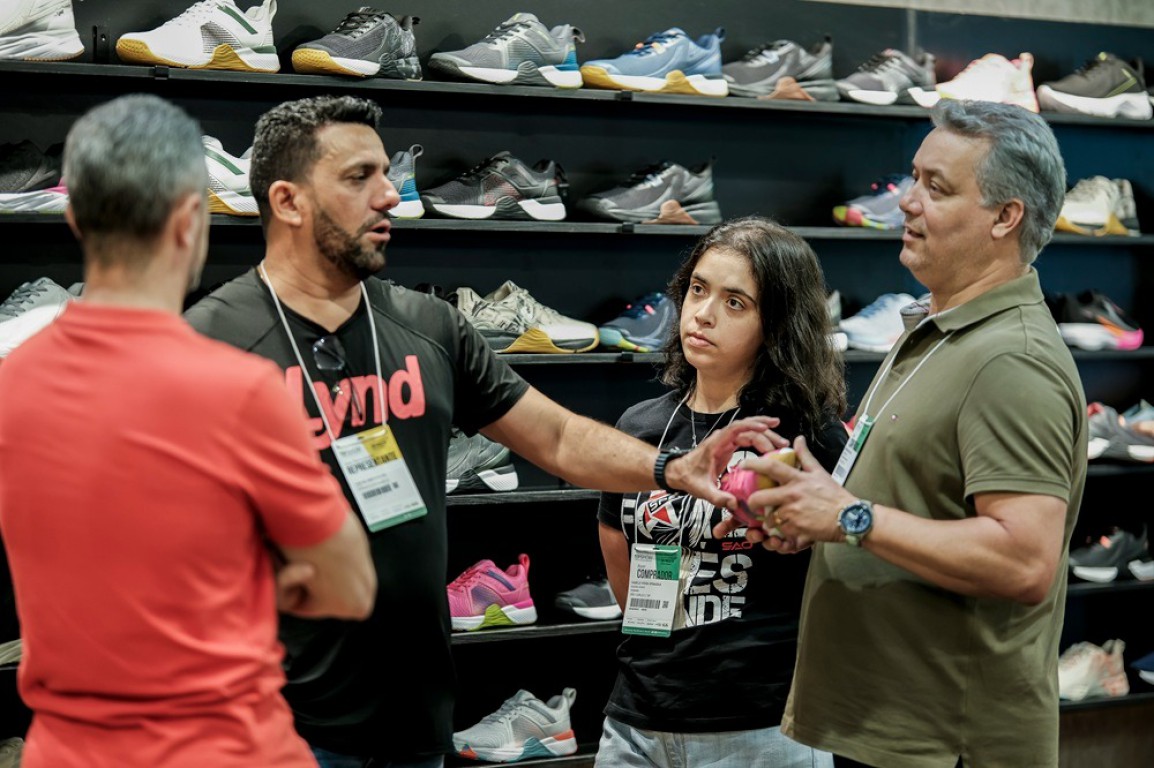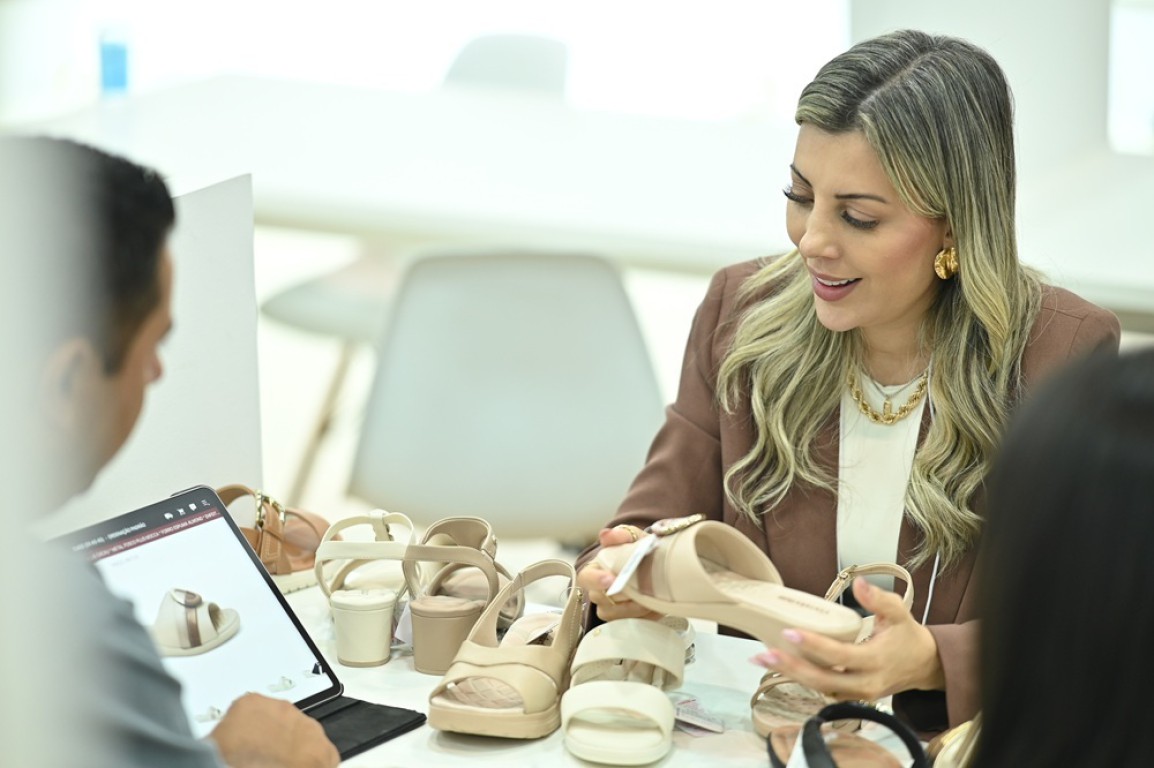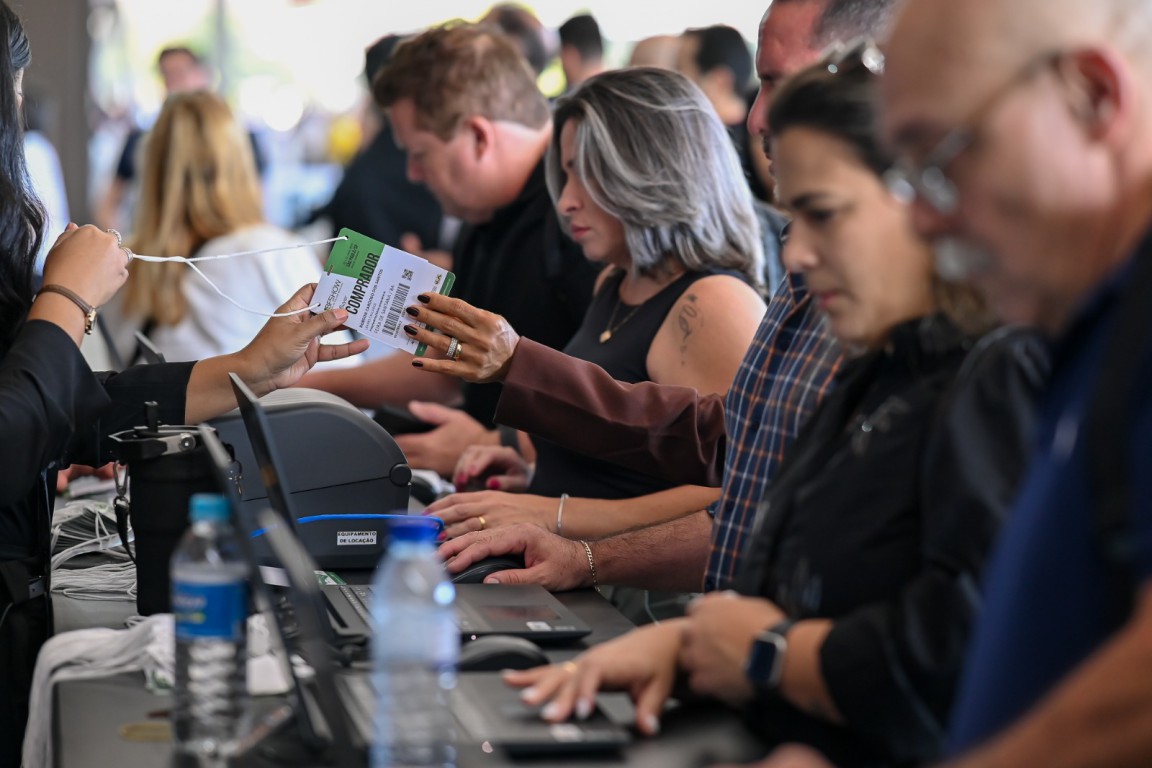Domestic Market Ensures Footwear Sector Growth for 2025
Brazil's domestic market, which absorbs over 85% of national footwear industry sales, is expected to sustain the sector’s production growth through 2024 and 2025. This topic, alongside issues such as unfair competition from A...
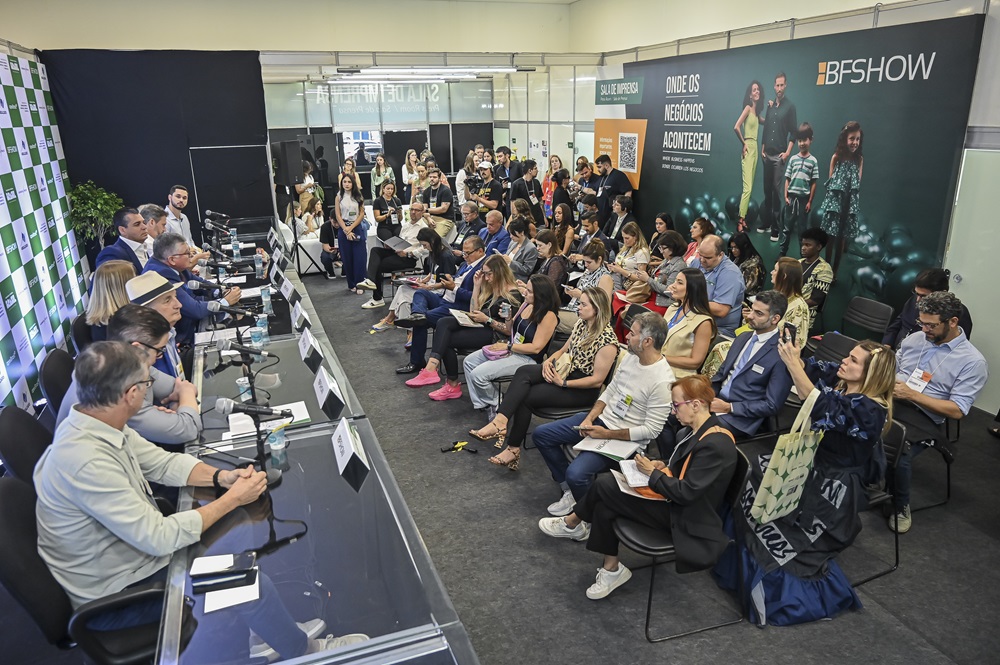
Brazil's domestic market, which absorbs over 85% of national footwear industry sales, is expected to sustain the sector’s production growth through 2024 and 2025. This topic, alongside issues such as unfair competition from Asian footwear and international e-commerce platforms, was addressed during the press conference of the third edition of BFSHOW. The event, which started yesterday (11), will run until tomorrow (13) at the Anhembi District in São Paulo, Brazil.
Emphasizing a 4.8% growth in footwear production from January to September this year, according to IBGE data, the Executive President of the Brazilian Footwear Industries Association (Abicalçados), Haroldo Ferreira, noted that the domestic market should support industry growth of over 3% in 2024 and approximately 2% in 2025. “With this, by 2025, we should be able to recover the losses incurred during the pandemic, which caused a major disruption in the sector. This year, we expect to close with a production of over 890 million pairs of shoes, reaching up to 904 million pairs next year. In 2019, production was 898 million pairs.”
Unfair Competition
Ferreira further stressed that the growth in the footwear industry could be even more significant if not for the unfair competition from Asian-made footwear and international e-commerce platforms. “In 2024, we expect exports to decrease by around 20% and imports to grow by over 20%, primarily due to Asian countries. These products enter the Brazilian market at prices below standard market rates, engaging in predatory competition with our industry,” he explained. According to him, Abicalçados is working to expand the current antidumping measures—which today apply to Chinese footwear with a surcharge of $10.22 per pair entering Brazil—to include Vietnam and Indonesia. “Currently, Chinese production is shifting to nearby countries with even lower labor costs, which continue to practice dumping,” he added.
Trade Show
Following this, the CEO of NürnbergMesse Brasil, João Paulo Picolo, highlighted BFSHOW’s growth, driven by increased production and demand in the domestic market. “We have here a trade show that demonstrates the strength of Brazil’s footwear sector. With 238 booths and over 330 brands of shoes spread across a total area of 25,000 square meters,” he shared. Expected to attract over 10,000 buyers from Brazil and 60 other countries, BFSHOW has now become the leading footwear trade show in South America.
International Reach
Mariele Christ, Industry and Services Coordinator at the Brazilian Trade and Investment Promotion Agency (ApexBrasil), emphasized the international expansion of BFSHOW, which features two projects led by Abicalçados in collaboration with ApexBrasil through the Brazilian Footwear program. “The Brazilian Footwear program, renewed earlier this year, secures more than R$ 32 million in investments to promote Brazilian footwear exports over a two-year period,” she said. This third edition of the trade show includes the Buyer Project, hosting 26 international buyers from 16 countries, and the Image Project, which has invited five journalists from Angola, Chile, Colombia, Germany, and the United Arab Emirates. With the total number of buyers brought in through the joint effort of BFSHOW and both organizations, more than 180 importers from all continents are represented.
Challenges
Also present at the press conference, Pedro Bartelle, CEO of Vulcabras, Brazil’s leading producer of sports footwear, highlighted the issue of counterfeiting by showing a counterfeit “Olympikus” sneaker. “The Brazilian industry faces numerous challenges, from unfair competition to high taxes and labor costs, which are at least 40% higher than those in Asian countries. Counterfeiting is another serious issue in this list,” he stated.
The press conference was also attended by Roberto Argenta, President of Calçados Beira Rio; Vania Castilho Mestriner, Creative Director at World Colors; Paulo Barth, Commercial Director at Grendene; Rodrigo Martins, Commercial Director at Marina Mello; and Marcelo Paludetto, Commercial Manager at Democrata.
INDUSTRY DATA
2024 PRODUCTION (forecast): 882 million to 893 million pairs (growth of 1.9% to 3.2% compared to 2023)
2025 PRODUCTION (forecast): 897 million to 904 million pairs (growth of 1.1% to 1.9%)
DIRECT EMPLOYMENT AS OF SEPTEMBER 2024: 294.8 thousand (+14.6 thousand jobs created this year, though stock remains 2.1% lower than in the same period in 2023)
EXPORTS THROUGH OCTOBER 2024: 81.2 million pairs, -20.7% compared to the same period in 2023
2024 EXPORTS (forecast): 95.6 million to 101.2 million pairs (-19.2% to -14.5% compared to 2023)
IMPORTS THROUGH OCTOBER 2024: 29.8 million pairs, +20.9% compared to the same period in 2023 (three Asian countries—China, Vietnam, and Indonesia—account for approximately 80% of this volume)


